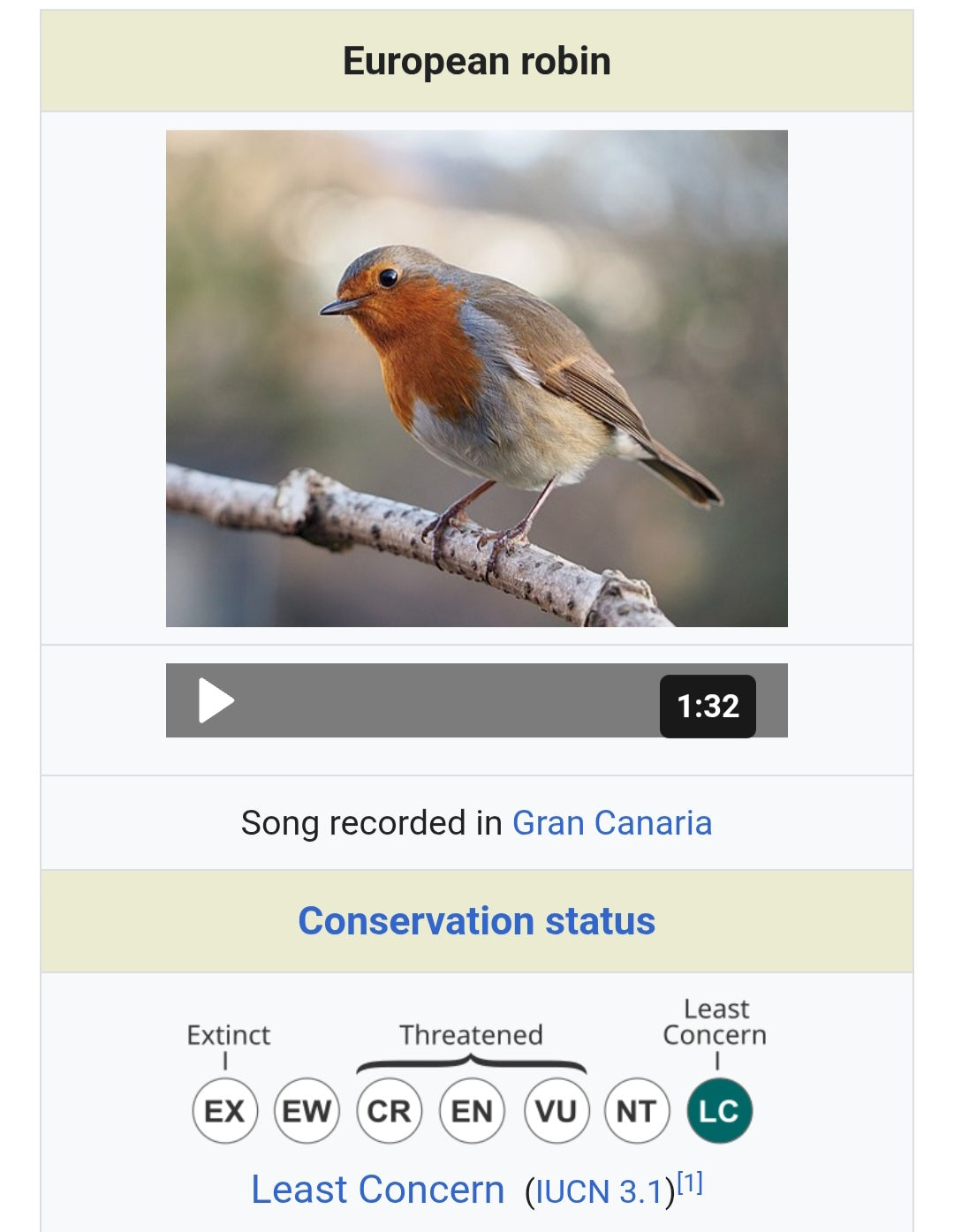In a world where human activity continues to exert immense pressure on our natural ecosystems, the concept of conservation status has become increasingly crucial. This comprehensive guide delves into the intricate world of species protection, shedding light on the various categories that define the conservation status of the Earth's diverse flora and fauna.
The Importance of Conservation Status
Conservation status is a critical metric that helps us understand the level of risk a particular species faces in terms of its long-term survival. By categorizing species based on their population trends, habitat conditions, and threats, we can better allocate resources, implement targeted conservation strategies, and ultimately, safeguard the delicate balance of our planet's biodiversity.
IUCN Red List Categories
The International Union for Conservation of Nature (IUCN) has established a widely recognized system for assessing the conservation status of species. This system, known as the IUCN Red List, encompasses seven primary categories:
Least Concern
Species classified as Least Concern are those that are abundant, widespread, and face no immediate threats to their survival. These species are typically the most resilient and adaptable to environmental changes.
Near Threatened
Near Threatened species are those that are close to qualifying for a threatened category, such as Vulnerable, Endangered, or Critically Endangered. While their populations may be stable for now, they face potential threats that could lead to a decline in the future.
Vulnerable
Vulnerable species are those that are facing a high risk of extinction in the wild in the medium-term future. This category is often applied to species with declining populations, limited geographic ranges, or those facing significant threats to their habitat or survival.
Endangered
Endangered species are those facing a very high risk of extinction in the wild in the near future. These species have experienced drastic population declines, habitat loss, or are threatened by a combination of factors that jeopardize their long-term survival.
Critically Endangered
Critically Endangered species are those facing an extremely high risk of extinction in the wild in the immediate future. These species have extremely small populations, are confined to a limited geographic area, or are facing imminent threats that could lead to their extinction.
Extinct in the Wild
Extinct in the Wild species are those that are known to exist only in captivity, with no wild populations remaining. These species have been eliminated from their natural habitats, often due to human activities or environmental catastrophes.
Extinct
Extinct species are those that have no known living individuals, and all reasonable efforts to find them have failed. These species have been completely eliminated from the planet, often due to a combination of factors that led to their demise.
Detailed Category Breakdown
Each of the IUCN Red List categories is defined by a set of specific criteria that take into account factors such as population size, population trends, geographic range, and the severity of threats. These criteria help to ensure that the assessment of a species' conservation status is based on objective and quantifiable data.
For example, a species may be classified as Vulnerable if its population has declined by at least 30% over the past three generations, or if its geographic range is severely fragmented or restricted to a small number of locations. Conversely, a species may be considered Least Concern if its population is stable, widespread, and not facing any significant threats.
Global Conservation Efforts
Recognizing the importance of conservation status, various international organizations and governmental agencies have implemented strategies to protect endangered species and their habitats. These efforts include the establishment of protected areas, the enforcement of wildlife trade regulations, and the implementation of species-specific conservation programs.
One notable example is the Convention on International Trade in Endangered Species of Wild Fauna and Flora (CITES), which regulates the international trade of wildlife and their products. By controlling the trade of species based on their conservation status, CITES aims to prevent the overexploitation of vulnerable populations.
Additionally, organizations like the IUCN, the World Wildlife Fund (WWF), and the United Nations Environment Programme (UNEP) play crucial roles in monitoring, assessing, and advocating for the protection of endangered species around the world.
Impact on Biodiversity
The conservation status of species is intrinsically linked to the overall health and resilience of our planet's biodiversity. When a species is classified as Endangered or Critically Endangered, it signals a significant imbalance in the ecosystem, with potential cascading effects on the entire food web and the delicate web of life.
By understanding and addressing the conservation status of species, we can better understand the interconnectedness of our natural world and take meaningful steps to preserve the rich tapestry of life that sustains our planet.
The Future of Species Protection
As we face the challenges of climate change, habitat destruction, and the ongoing threat of species extinction, the importance of conservation status will only continue to grow. Emerging technologies, such as predictive modeling and advanced monitoring systems, are providing new tools to identify and respond to threats more effectively.
Additionally, the integration of traditional ecological knowledge and the involvement of local communities in conservation efforts are proving to be crucial in developing holistic and sustainable approaches to species protection.
Conclusion
The conservation status of species is a critical indicator of the health of our planet's ecosystems. By understanding the IUCN Red List categories and the factors that contribute to a species' level of risk, we can make informed decisions, implement targeted conservation strategies, and work towards a future where the rich tapestry of life on Earth is preserved for generations to come.
As individuals, we all have a role to play in this collective effort. By supporting conservation organizations, making sustainable lifestyle choices, and advocating for the protection of endangered species, we can contribute to the preservation of our planet's irreplaceable biodiversity.

